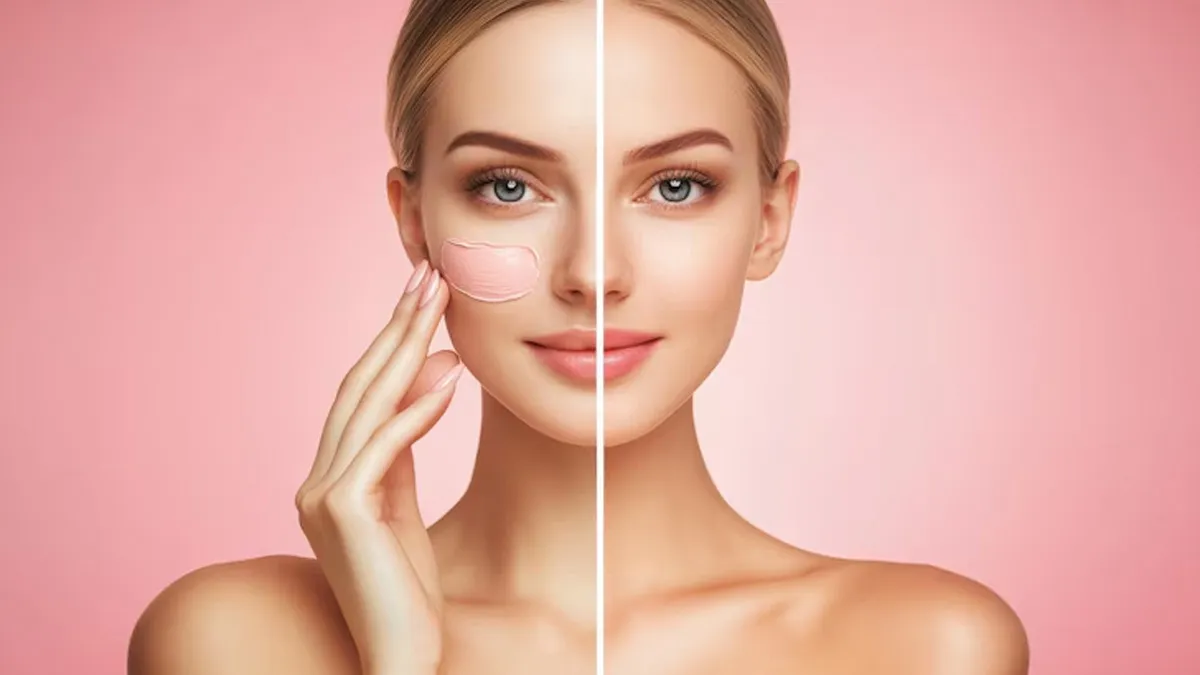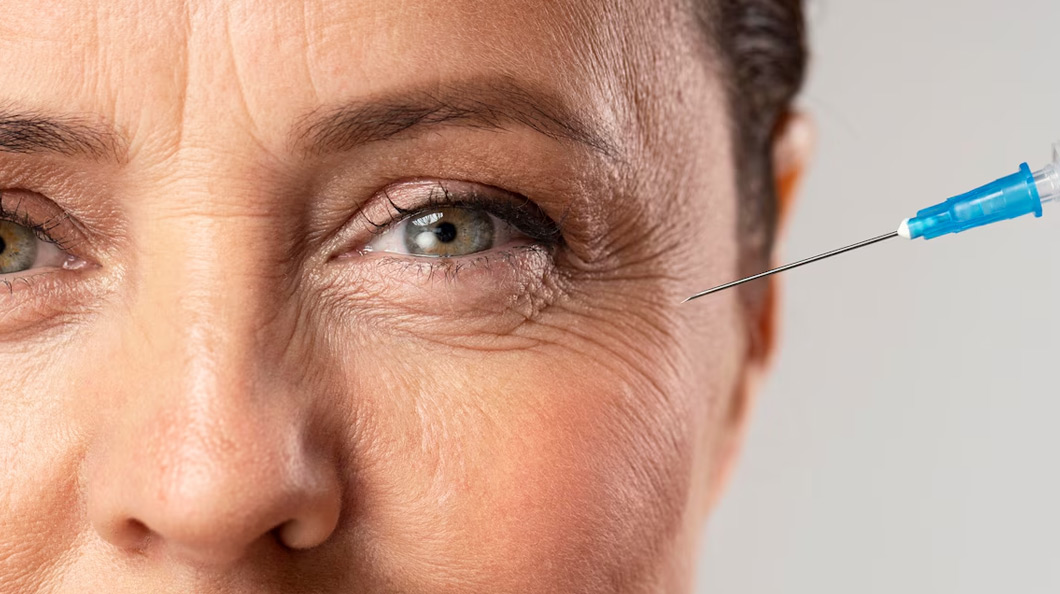
Dermal Fillers vs. Facelifts: Which Anti-Ageing Solution Is Right for You? Expert Weighs In
Understanding cosmetic procedures can be tricky, especially with all the myths about fillers and facelifts. It’s important to know your options and talk to a qualified professional so you can make choices that fit your needs and goals. If you're dealing with signs of ageing, you might be considering how to address them.
Two popular treatments are dermal fillers and facelifts. To help you decide, we reached out to Dr. Jijith K Ravindran, a leading dermatologist at COSMALIFE Skin Clinic in Bengaluru, to learn more about these options.
Difference Between Dermal Fillers And Facelifts In Terms Of Results And Longevity
Dr Jijith K Ravindran explained that dermal fillers are non-invasive treatments used to add volume to the face, smooth out fine lines, and enhance features like lips or cheekbones. The results are usually seen right away and can last from six months to two years, depending on the type of filler and the area treated. He added, “Since the effects are temporary, regular maintenance treatments are needed to keep the results.”
In contrast, facelifts are surgical procedures designed to address more noticeable signs of ageing by tightening loose skin and underlying muscles. The results from a facelift are much longer-lasting, often enduring for 7-10 years or more, making it a more permanent and dramatic option for tackling ageing concerns.

Which Procedure Is More Suitable For Individuals Looking For Immediate Results?
Dr Jijith K Ravindran mentioned that dermal fillers are great for those who want quick results. They can be done in a fast outpatient setting, with noticeable changes right after the treatment. There's very little downtime, and any side effects, like swelling or bruising, typically go away within a few days.
1
2
3
4
On the other hand, facelifts are more invasive and require a longer recovery period. The results aren't immediately visible since patients need time to heal from the surgery. Dr Jijith said, “While facelifts provide more significant and longer-lasting outcomes, they're not the best choice for anyone seeking a quick solution.”
Dermal Fillers vs. Facelifts: Effects
Dr. Jijith K Ravindran explained that dermal fillers are very effective for addressing early signs of ageing, such as loss of volume, fine lines, and mild wrinkles. He said, “Dermal fillers can enhance areas like the cheeks, under-eye hollows, and lips, resulting in a refreshed and youthful look. Fillers also help improve facial contours, leading to subtle yet noticeable changes in symmetry and definition.”
In contrast, facelifts are meant for more advanced signs of ageing. They are best suited for individuals with significant skin sagging, deep wrinkles, jowls, and neck drooping. A facelift tightens both the skin and underlying muscles, providing a more comprehensive solution for those with serious ageing concerns that fillers may not adequately address.
Dermal Fillers vs. Facelifts: Potential Risks And Side Effects
Dermal fillers have relatively low risks, with common side effects like swelling, bruising, redness, or tenderness at the injection site. Serious complications, such as infections or vascular issues (like accidental injection into a blood vessel), are rare and usually avoidable with proper techniques and aftercare.

Don't Miss: Karwa Chauth 2024: Skincare Tips For Busy Moms
In contrast, facelifts involve higher risks due to their surgical nature and require a longer recovery time. Potential risks associated with facelifts include infection, scarring, bleeding, nerve damage, and reactions to anaesthesia. Patients can expect a recovery period of several weeks, during which swelling and bruising may persist before the final results become visible.
Dr. Jijith also told us, “Dermal fillers are best for people in their 30s to 50s who are starting to notice early signs of ageing, such as loss of volume, fine lines, and minor skin laxity. Fillers are ideal for those looking for a non-surgical way to enhance their appearance without needing downtime.”
Don't Miss: 4 Amazing Benefits Of Rosemary Oil For Your Skin
On the other hand, individuals with more pronounced ageing issues, like loose skin, deep wrinkles, and drooping facial features, may find a facelift more beneficial. Dr Jijith said, “Typically, candidates for facelifts are older, often in their 50s or 60s, and seek a more permanent and dramatic change that fillers cannot provide.”
Keep reading Herzindagi for more such stories.
Credits: Freepik
Also watch this video
Herzindagi video
1
2
3
4